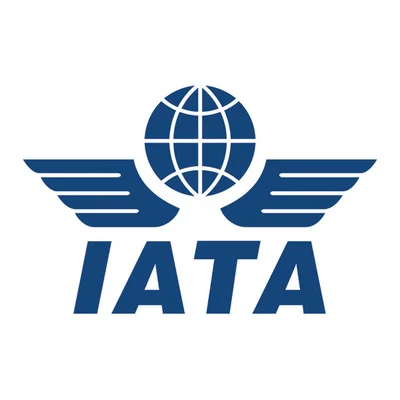The demand for these jets stems from the need to replace older 50-seat models like CRJ200s and ERJ-145s. According to aviation analytics firm Cirium Diio, Delta's affiliates ceased flying CRJ200s in December 2023. Meanwhile, United plans to phase out similar models soon, with American following suit by decade's end.
Although specific sales figures were not disclosed due to pilot contract restrictions limiting direct replacements, Meijer emphasized that there is substantial demand for planes like the E175 given their suitability for smaller U.S. destinations.
However, while continued sales of the E175 benefit Embraer's finances, they also hinder progress on its next-generation E-Jets—the E2 series—intended to replace earlier models. Despite boasting improved fuel efficiency and capacity over the original versions (the E175-E1), no firm orders have been secured from U.S. airlines due to strict "scope clauses" in pilot contracts that limit regional jet size and weight.
"The E175-E1, it's such an amazingly strong aircraft," Meijer noted regarding this limitation.
Current contracts maintaining these limits will not be revisited until at least 2026. Despite enhancements like wingtips introduced in 2014 that improved fuel efficiency by over six percent compared to initial designs without them—the future direction remains uncertain for Embraer's regional segment offerings amid ongoing research into new technologies such as hydrogen propulsion systems or eVTOL aircraft concepts under CEO Francisco Gomes Neto's leadership.
"We are really investing in new technologies to keep our readiness for a new product," Neto remarked but acknowledged there are no definitive plans yet concerning future commercial aircraft developments.
 Alerts Sign-up
Alerts Sign-up




































